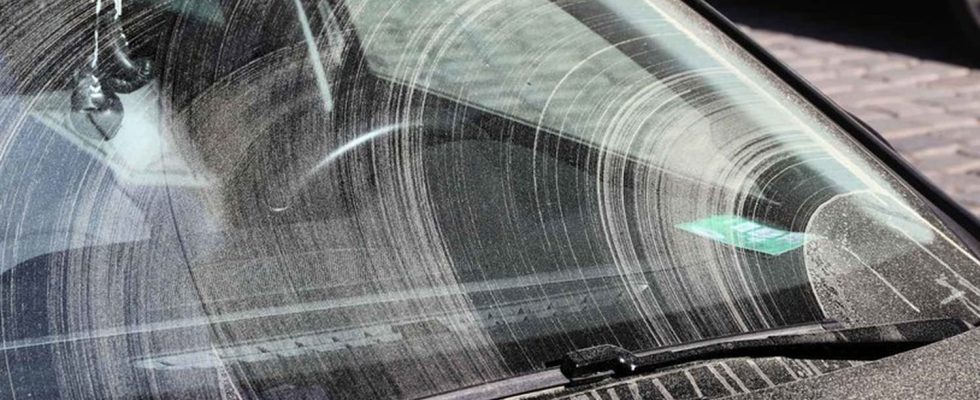With the arrival of autumn rains and soon winter, windshield wipers are put to the test. But if yours don’t give you a perfect result, there are several things to do before changing them. And you can save hundreds of euros.
Rainy fall weather is demanding on windshield wipers. Heavy rain combined with mud and dirty water thrown up by other vehicles is a perfect recipe for annoying streaks on the windshield, significantly reducing visibility. It’s even worse in winter when the windshield freezes. Using windshield washer fluid is not always effective, and if streaks remain, it’s time to check your windshield wipers. Fortunately, the appearance of streaks in the fall or winter does not always mean that the windshield wipers are worn or damaged.
Most of the time, a few moments are enough to resolve the problem without having to change the branches. Marks on the windshield when using the wipers are generally not the result of damage to the blades. These are often dirt on their surface or water droplets that freeze, forming small ice crystals. This prevents the wiper from properly adhering to the windshield surface, leaving streaks when used. Fixing this problem is simple.
Sometimes streaks are not caused by wear or damage to the windshield wipers, but simply by their dirt. Leaves, seeds and particles falling from trees in autumn can stick to windshield wipers and cause streaks later. In winter, it is enough for ice or frost scraped from the windshield to remain on the windshield wipers for them to no longer adhere properly. Additionally, if you accidentally use the wipers on a frozen windshield in winter, you risk damaging them. The rubber stuck to the windshield can tear when the windshield wipers are activated, causing micro-damage.
The simplest trick is to pull into a parking lot or gas station, raise the windshield wipers and clean them thoroughly with a clean cloth, damp sponge or even by hand. If you have windshield washer fluid on hand, soak a cloth in it and clean the windshield wipers. Also check for signs of wear or damage. Minor damage may not be visible to the naked eye, but any relief on the blade may cause marks.
If the problem persists, it means it is more serious. If your wipers are slightly damaged, you don’t necessarily need to replace them. You can find special little tools on the Internet that cut back the damaged edge, creating a new cleaning surface. It’s not a perfect solution, but it can significantly extend the life of your wipers and is much cheaper than buying new ones, which can cost between $50 and $200 a pair. These tools cost between 30 and 50 euros.
If you don’t want to use these tips, all you have to do is replace your windshield wipers. Remember to install them correctly and choose the right size and type of wipers. Some vehicles are not compatible with frameless wipers, for example. A wrong choice can lead to annoying noises.
